All the best in the world is made in Siberia. Living hedges in Siberia. As for the design
Interest in Siberia is becoming more and more obvious every year - the popularization of Siberian cuisine, the development of tourism, the organization of international forums and conferences, new investment projects - all this speaks not only of the huge economic potential of the region. Along with this, there is a growing interest in the very concept of "Siberia" and in the people who live here.
Family: Spitz, Northern Origin: Russia Role: reindeer, average guardian husband: height: 0.5 - 06; Weight: 20 - 30 kg The average size females Height: 0.5 - 06; Weight: 15 - 23 kg Other names: none: 33rd position Breed standard: here. The nomadic people of Samoia, who are the reason for the name of the dog, arrived in northwestern Siberia and came from Central Asia. They depended on the reindeer herd to feed themselves and had to move around so the reindeer could find enough food for them. They also relied on strong, cold-hardy Spitz dogs to protect their reindeer herds from the ferocious predators of the Arctic.
“Our roots. Made in Siberia” is the first intercultural festival that brought together various ethnic groups and representatives of different nationalities historically living in Siberia. The festival was held in July this year at the recreation center "Ust-Aleus" in the Ordynsky district. City and regional national organizations became participants of the festival. The program of the event included exhibitions of folk crafts, lectures by employees of the local history museum, a gastronomic bazaar with national cuisine local peoples, a folklore concert in which participants performed national songs, dances, demonstrated customs, games and rituals.
The purpose of the festival: popularization of the history and culture of the peoples of Siberia, promotion of cultural exchange, revival and development folk traditions and crafts.
They sometimes helped hunt bears and tugs and sleds. These dogs lived as part of a family in tents where people hid, in which one of their "jobs" was to keep children in bed. One such dog was presented to the Queen of Alexandria, who did much to develop the breed. Descendants of the Queen's dogs can still be found in modern pedigrees.
Meanwhile, the breed became a popular canine dog because it was more obedient than other breeds. Among the exploits of the breed, along with its brilliant good looks, it soon gained public attention in the United States, and its popularity increased greatly after World War II. Although the Samoyed people, who were nomads, had long established themselves in one place, the race they created traveled all over the world.
Organizers: Novosibirsksnabsbyt LLC, Scientific Service LLC, Novosibirsk public organization of graduates of the Leader-Resource Presidential Program. The festival was held with the support of the Ministry of Culture Novosibirsk region, the City Hall of Novosibirsk, the Administration of the Ordynsky District, the Novosibirsk State Museum of Local Lore.
These are dog breeds closely related to the family. In addition, he is kind to strangers, other pets, and usually with other dogs. The house is usually quiet, but for this the intelligent race needs daily physical and mental exercise. If they are upset, they may dig and bark.
He is an independent and often stubborn breed, but is willing to please and sensitive to the wishes of his family, as well as the requests of children. Active and in need of a good workout every day, which can be done in the form of a long walk or run or a session tiring of catching a ball. She prefers to live indoors with her family. Your thick coat needs to be brushed and brushed two to three times a week, daily when you're in the process of changing your hair.
Natalia Sidukova
Festival “Our Roots. Made in Siberia” brought together representatives of various Siberian cultures at its venues and showed the traditional creativity of the peoples of the region. The uniqueness of this festival is in its simple idea, and it is even strange how no one has created anything like it so far. After all, it is so natural to know your roots, the history of the land on which you live, to be interested in the traditions and culture of the peoples of your small Motherland, especially such a multinational and rich one as ours. And what a large-scale holiday can be arranged for people, inspired by this seemingly simple idea! Natalia Sidukova, the ideologist and organizer of the festival, took on such a responsible and pleasant mission. Natalya says that she has always had a keen interest in the culture of different nationalities and nationalities. She really liked folk crafts, she liked to sew, knit and cook. Her love for traditions was passed on to her by her parents and grandmothers. And this, in the end, played its role - a large-scale cultural project was born, the idea of \u200b\u200bwhich is embedded in the name itself.
Main problems: dysplasia of the coxofemoral system. Minor problems: Gastric twist Occasionally observed: progressive retinal atrophy. The fact itself was not entirely new, as previously frozen remains of other ancient animals had been discovered. But there has never been such a large specimen and in such a good state of preservation. Besides, this mammoth was standing and there were still grasses between the teeth! How did he die, how did he stand? And why not spit food on the damn agony?
At that time, science already knew that the Mauts had disappeared from the face of the Earth for at least 10,000 years, and soon several expeditions rushed to study the strange find. They found that despite their age, the mammoth's flesh was so well preserved that dogs and wolves contested their pieces.
Having spoken in Paris at a conference dedicated to the development of cooperation with Siberian cities and the development of domestic tourism, I saw a lively response and genuine interest in Siberia in the eyes of the French and realized that this project is relevant and necessary not only for Siberians,” says Natalya.
The period of preparation for the festival turned out to be very difficult and time-consuming. It was necessary to find partners, think over very accurately, write down the concept and all the details of the event, make it interesting, unlike others.
The first explanation presented by the scientists was that the animal drowned in the ice, dying almost instantly. But this region of Siberia has never had any glaciers: only snow in winter. Snow melts during the hot season. Another theory, that "the animal died drowned," was also not accepted. If he drowned, he would probably spit the branches into his mouth and never get up.
Finally, other scientists raised the theory that the mammoth was trapped in sticky clay and slowly sank to its feet until it was covered in snow and icy mud. But a closer examination of the soil revealed that the region had never had layers of resilient mud capable of arresting a nearly ten-ton mammoth mammoth to death.
However, the expectations of the organizers were fully justified. The festival gathered a huge number of participants and spectators. Many applications have already been submitted for next year. As the participants themselves say, this festival has a great future.
The success of such a festival depends not only on the promising ideas of the organizers. Several factors come into play here. First, the location. The venue chosen this year for the event in the Ordynsky district is not accidental - it is a very beautiful, picturesque place next to a pine forest and a majestic, calm Siberian river. Already nature itself awakens our tribal memory, forcing us to listen and remember who we are on this earth. In addition, during archaeological excavations at the mouth of the Aleus River, traces of the residence of our ancestors, who originally settled in Siberia, were found. Director of the Novosibirsk State Museum of Local Lore Andrey Shapovalov gave a lecture during the festival on the ethnic composition of Siberia and who lived here before us.
Another problem arose: the food found in the animal's mouth included tender reeds, grass and perch, which are only now flourishing further south. All this together formed a respectable scientific puzzle, for which for many years dozens of sages could not get a satisfactory explanation. After all, it would be illogical to admit that a heavy animal interrupted his meal and then ran hundreds of miles north, grass in his mouth, to die suddenly.
Mainstream science relies on proven facts, but when they don't exist, it usually assembles complete theories from fragile circumstantial clues and logic. It would be more logical, for example, to acknowledge that this type of grass once grew in the same region, and that the mammoth died and was frozen - almost instantly - when it grazes.
Secondly, the main contribution to the festival was made by the delegation participants, who represented their nationality and their creativity. Absolutely everyone was invited - both representatives of traditional cultures and immigrants. Thus, the festival was filled with the bright color of such diverse peoples: the Cossack farm community, the regional Russian-German house, the Ukrainian cultural and educational center, the center of Kazakh culture, the Uighur diaspora of the Novosibirsk region, the regional Tatar cultural autonomy, the Belarusian autonomy, the Armenian autonomy, the union of Kyrgyz youth, Uzbek -Russian national center. Many Siberians have no idea about the existence of these diasporas in our territory. Moreover, such a festival is a good opportunity to get to know your region better, to tell the younger generation about its history.
Years passed, and other frozen animals were found in Siberia with clear signs of instant death and no visible signs of violence. All of them were frozen. In any process of freezing meat, it is necessary that the temperature drop be very intense, otherwise large water crystals form in the cells, which can lead to dehydration, which can spoil the meat in a short time.
There was only one problem: examination of a frozen specimen of the Bereshovka River revealed that the animal had eaten small flowering branches shortly before its death. in the stomach a large number of vegetables were found intact, not yet digested. The only satisfactory explanation is the instantaneous death of the animals due to the sudden drop in temperature in Siberia.
Thirdly, an important factor in the success of a major event is a rich program. Moreover, both informative and entertaining parts were equally interesting. Numerous master classes were held for the guests in art painting, wood carving, pottery, birch bark weaving, and the creation of an author's toy. Stationary presentations dedicated to the traditional culture of the peoples of Siberia worked at separate sites. The concert program "Multinational Siberia" was also very bright and especially festive, during which the participants introduced the guests of the festival to original folklore creativity - oral, musical and song, dance, staged fragments of folk holidays, customs, rituals, and played national games.
And examining the mammoth's flesh and analyzing the vegetables it ate, there was no doubt that such a catastrophe happened thousands of years ago. Over the past thirty years, many Russian scientists have gone to the Beresovskaya River, looking for new keys. And today, as, most likely, the thesis raised by Imanuel Velikovsky that only a sudden change in the tilt of the Earth's axis of rotation can cause meteorological phenomena that can explain the sudden death of Siberian mammoths.
According to some astronomers, based on computer simulations, only the electromagnetic force of some rogue star, large planet, or small star passing close enough to the Earth can change the Earth's axis of rotation. Volcanoes, located almost all in the equatorial zone, erupted, threw lava, stones and, mainly, a large amount of superheated dust, rose to the stratophers. Then, after the normal movement of the winds, this dust drifted, rotating around the poles. The cold of high altitudes would freeze them, and when it reaches Siberia, sinking into the ground, it might as well be at 100 degrees Fahrenheit.
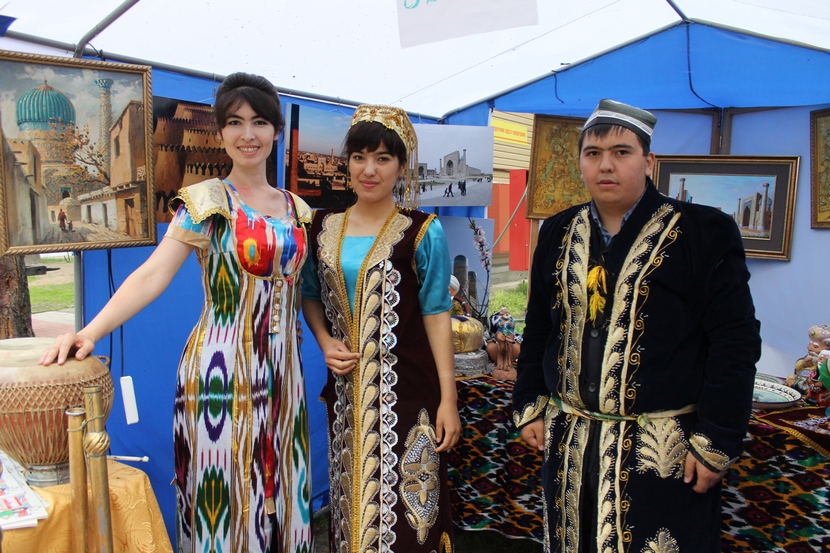
A special atmosphere of sincerity and warmth was created by culinary master classes and a gastronomic market. Nothing unites people like the smell of delicious pilaf, hearty belyashi, manti, delicious okroshka and others. National dishes, which you could not only try, but also cook with your own hands.
Then the picture is easier to imagine. Arriving in the northern regions of the planet, the dust suddenly darkens the sun. Animals that were then grazing on the green plains of Alaska, northern Canada and Siberia looked startled in the night that suddenly came. And shortly after, they were caught in freezing winds caused by volcanic dust that falls from the sky. Animals feel that the cold air burns their eyes and lungs, and in a few seconds they are dead, tense in the positions they were in.
The wind dwindles after a few hours, but over the course of several weeks it falls from the sky to dust and snow that slowly covers the frozen bodies of the animals, which, like ice statues, are eventually completely covered. Changing the Earth's axis would also change the climate of Siberia, and this would help keep animals safe and sound for the next millennia. Velikovsky points to other signs of the same catastrophe, such as the sudden change in the climate of Alaska, the drying up of the great lake that exists where the Sahara Desert is today, and the opening of the severe Gilbratar that caused the Mediterranean region to flood through the waters of the Atlantic.
Spectacular, colorful and bright should be a real intercultural holiday that popularizes national heritage, friendship, and tolerance, when both Tatars and Belarusians dance to national music, and Kazakh guys take pictures with Ukrainian girls.
In general, the festival recalled the Exhibition of Achievements of the National Economy in the best traditions of the USSR, which was a significant and important event in the state program for the development of the country. When each republic showed the best that it has, what it is rich in, what it is proud of. That is why the festival has great potential. Based on the results of the event, it became clear that Siberia has something to show, to attract and surprise. "Our Roots" promises to become a large-scale and annual event, turning into a good tradition over time. And in the future plans of the organizers - to bring this festival to the international level. Invite participants and guests not only from neighboring regions, but also from countries.
For all of us, Siberia is our home, and every nation contributes to the life of the region. The idea of developing cultural ties, friendship, preserving the spiritual and cultural potential is relevant and especially important today. Understanding, communication, exchange of values and support of each other are very valuable in our time. This applies to all nationalities around the world.
All this, according to many scientists, happened more or less than 1000 years ago. Velikovsky believes that all these facts are explained by the same catastrophic phenomenon. However, even with the resources of modern science, it is still not possible to combine all these clues in one theory with the testing of any doubts. But some scientists believe they are on the right track. And others are even more daring, they even hypothesize that if there ever was a continent of Atlantis, it would have sunk at the same time and for the same reason.
Thus, while the last giants of terrestrial prehistory perished in Siberia, Atlantico sank on the continent where, according to Homer, the most brilliant of the ancient civilizations of the Earth existed. Velikovsky, Manuel - Worlds in Collision - Improvements in editions.
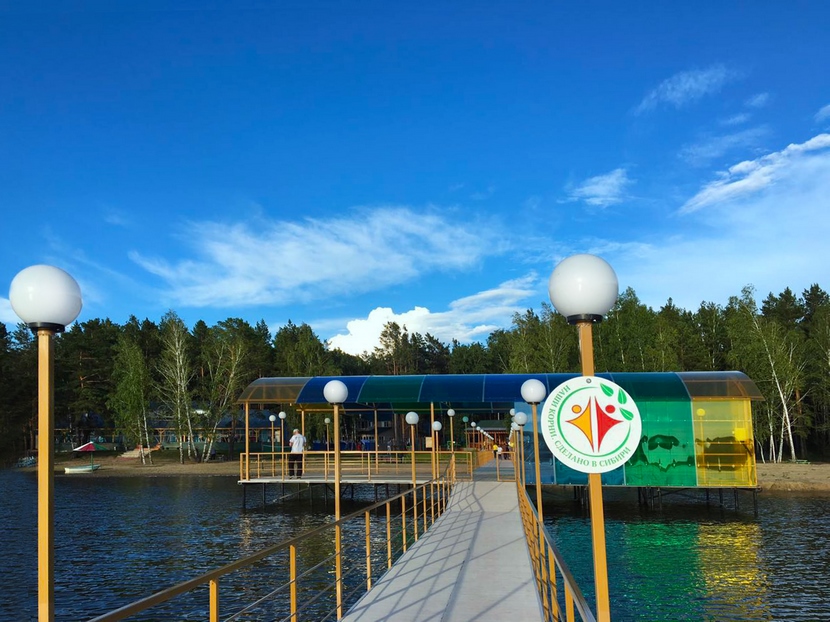
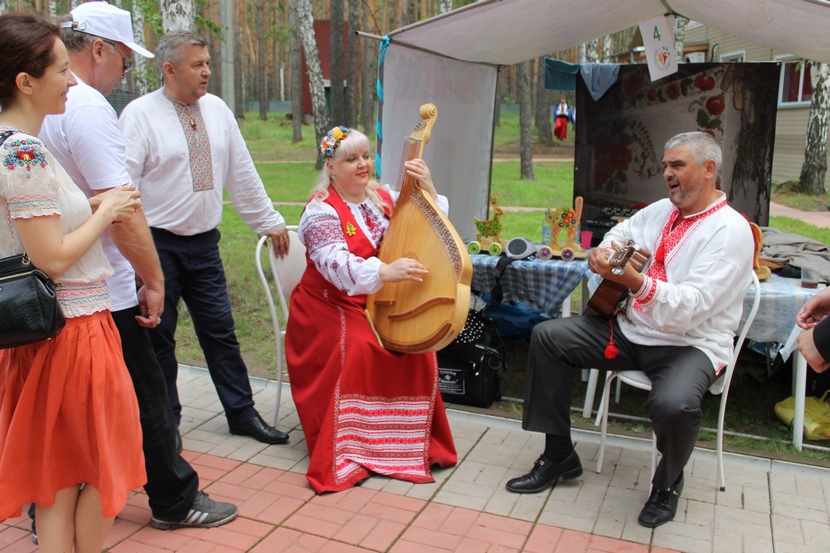

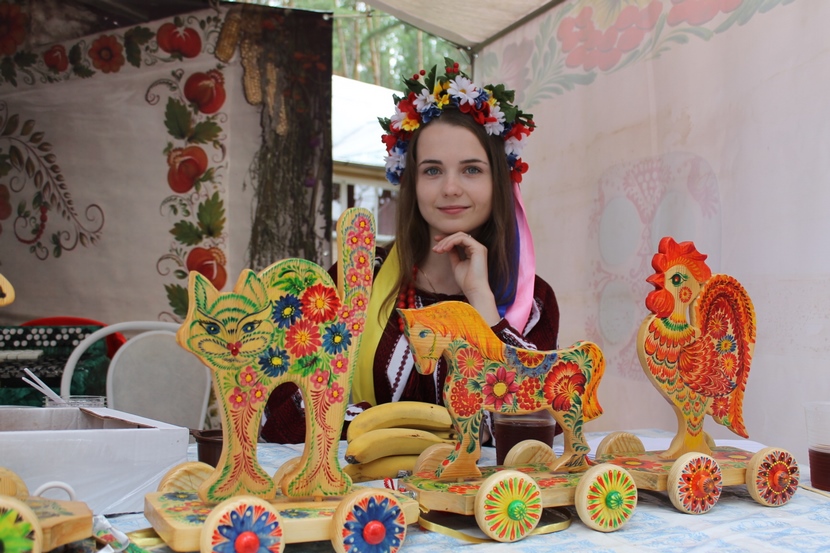
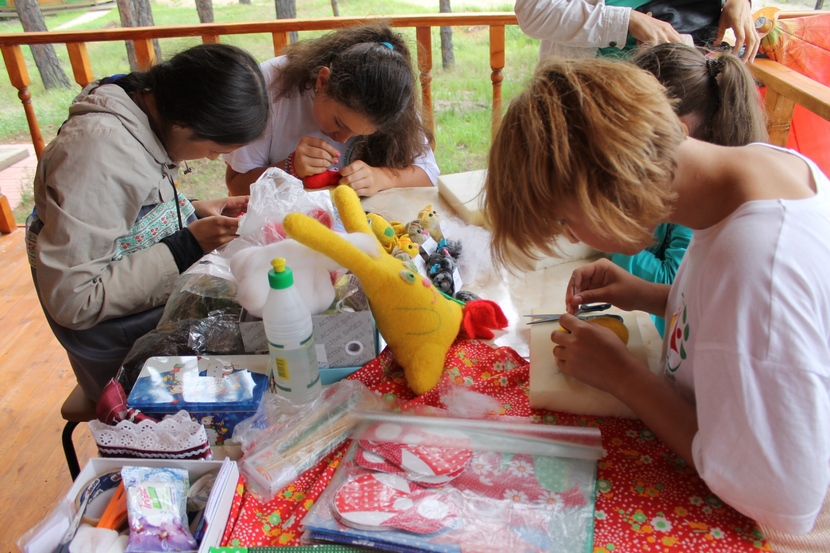
The first, most important thing is that in Italy it may appear a wonderfully foreign disk, which was the beginning of the diaphragm. The country did not deserve this, but still. It's been years to figure out when Sanremo beat the rich and the poor when they didn't do Al Bano and Romina Sila. The reflux passed at full speed, the aesthetics were infected. At one point, it seemed like the only bulls worth spending under were seeing brokers and affectionate goodwill apparently lit up at a designer party while their smaller brothers with Timberland at their feet raised back illiteracy, which will become a crane.
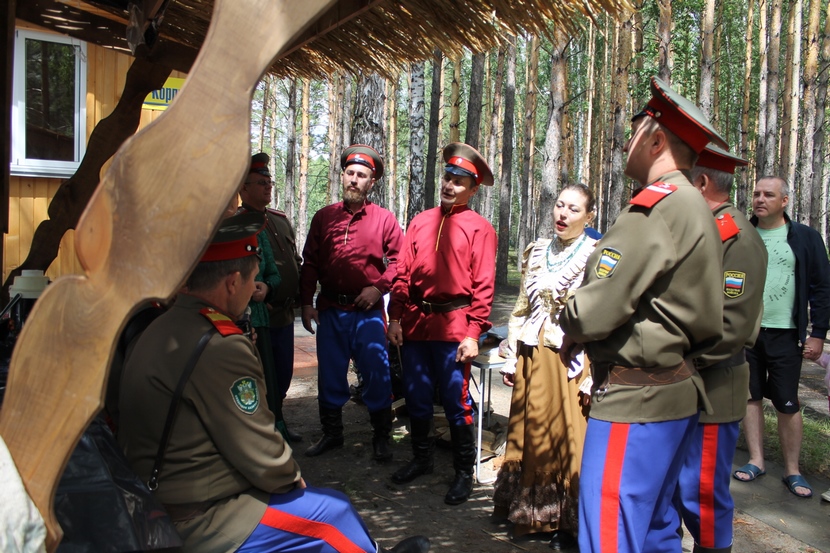
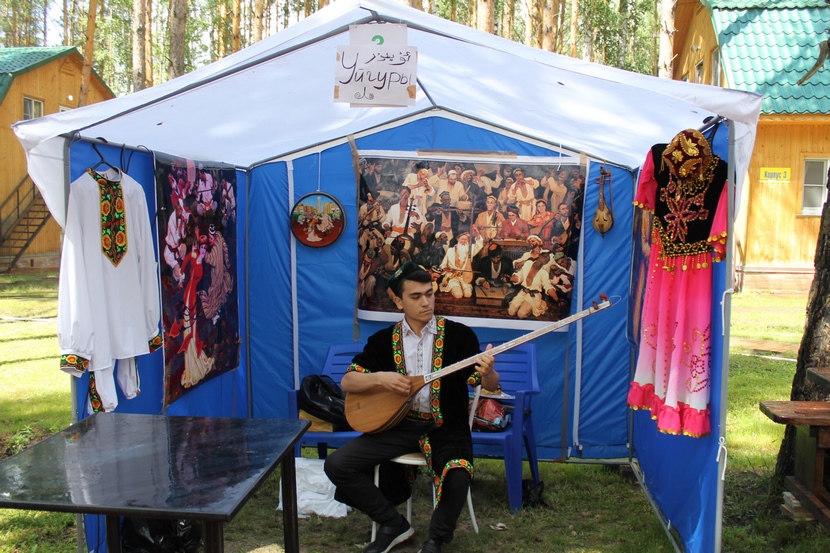
Original taken from roadman76 in Siberian cats
Involuntary dementia was sold for gold, and gorgeous presences that could break the glittering chains of glitter were temporarily taken out of the scene to make room for glitter, grunts, to that huge roll of stupidity that was in eighties Italy.
So, contrary to logic, the revolving door is in place, music critics still insist on calling Florence came out of this thing dark, mysterious, magnetic, incomprehensible, poignant, that by the time we are educated to call. In fact, the album that could have been made with the best post-punk was released without a prescription. Eight tracks settled well in the wave that had traveled the New Order and Television, Strangles and Bauhaus, and yet - as before, and then there was the privilege of a few - they could not go beyond a certain safety limit for any of them.
The Siberian cat is a breed of semi-longhair cats with a thick, impervious coat, a fluffy tail and a sweet expression on the muzzle. It was bred in Russia as a result of crossing native cats with oriental breeds. Today it is very popular because it is considered hypoallergenic - in the saliva of these animals, the level of the enzyme that leads to an allergic reaction is very low.
The second miracle concerns personal memory. There was no internet, the national press thought it was difficult to accept even bands like the Smiths, and the man on the street already seemed too strange for Riggeira. Items accidentally recorded during a conversation. Musical notes were stolen from the basement. Girls and boys dressed in the street. Written on the walls Because another world, completely alternative to the "official" one, was possible.
If you had a desire, you could enter. In short, we were lonely and bored in our small rooms while the radio was playing Claudio Baglioni's new hit - and then, without realizing it, we found ourselves in the belly of a whale, in a dark and underground room, surrounded by peers dressed in a way fascinating , deaf, intelligent, listening without requiring to discuss things like "Amsterdam" and talk to us telepathically - since telepathy is unexpectedly achievable at that time, at least until Talking Heads engraved "Naked" so that the indescribability of the music we listened to was fully reflected in our feelings.
The first mention of cats that look like Siberian cats date back to the 16th century. At that time they were distributed throughout the territory. Russian Empire called "Bukhara". It is not known for certain how and when they got to the Siberian lands, because the locals, due to the predominantly nomadic lifestyle, practically did not have pets. There is an assumption that Russian settlers during the colonization of Siberia brought cats with them to fight against rodents.Another version says that the Bukhara beauties were brought by merchants from the Central Asian countries, at that time actively engaged in trade.It is likely that the Persian, Angora and Siberian breeds had common ancestors who came from Asia along with the settlers.
Gradually, the breed spread to the territory of Siberia. In harsh weather conditions with strong winds, frosts and an abundance of snow, the Siberian cat "acquired" a long dense coat and a thick undercoat that protected it from the cold. The genes of wild forest cats also played a certain role in the formation of the breed. Siberians actively spread in the western and central regions of the country, where from Western Europe the forest cat gradually penetrated. He found here an excellent food base and an acceptable climate, as a result of which he began to actively breed, mating with cats brought from Siberia.
In 1987, scientists started breeding Siberian cats. The first breed standard was approved in 1990 by the Soviet Felinological Federation (SFF). Two years later, in 1992, the World Cat Fanciers Organization (WCF) officially registered the breed standard. In 1994, the final standard was formed, and in the period from 1996 to 2000. Siberians have been recognized by such international organizations as TICA, FIFe, CFA.
The breed received its name not only from the place of distribution, but also due to its size, compared with the greatness of Siberia.
Siberian cats are a strong, rather massive, muscular animal with a wide chest and strong bones, the size of which varies from medium to large. The weight of males can reach 9-12 kg, while cats weigh an average of 6 kg. According to the standard, the body weight of cats should not be less than 4.5 kg, cats - less than 3 kg. Representatives of the breed develop rather slowly - full muscle mass recruited only after reaching the age of five.
The head has a trapezoidal shape, large, proportional to other parts of the body. A smooth transition from the forehead to a wide nose, low cheekbones, a strong, wide chin and slightly rounded cheeks make the appearance of the Siberian cat very expressive. The ears are medium to large in size, widely spaced, with rounded tips, often topped with brushes and tassels. The eyes are oval, slightly raised and pointed at the outer corners, yellow or green. White or colorpoint cats may have blue eyes. The limbs are of medium length with large, powerful paws, decorated with tufts of wool between the fingers, which they inherited from the steppe and forest cats. The tail of Siberian cats is medium, well pubescent and gradually tapering towards the end.
The coat is of medium length, dense, endowed with water-repellent properties. The close-lying undercoat is well developed, subject to seasonal changes - in winter it thickens, and in summer it thins considerably during molting. The hair is shiny, the texture can vary from soft to coarse. Long decorating hairs form a magnificent collar, jabot and mane. A characteristic feature of the “Siberians” is the presence of “panties” on the hind legs.
The Siberian cat standard allows all traditional colors (patterned, plain) and colorpoints, with any number of white color. Representatives of the breed with colorpoint and white color belong to a separate subspecies called the Neva Masquerade cats. Invalid colors include lilac, fawn, chocolate, cinnamon and burmese.
Siberian cats enter the reproductive age quite early - from 5-6 months. This is explained by their relationship with wild cats, which often die at a fairly young age. The offspring of cats on average consists of five to six cubs. Representatives of this breed have become famous as excellent parents, males often help females take care of kittens. They happily live together, and some females prefer the company of one male throughout their lives. Because of their communal nature, Siberian cats are much happier when paired. The presence of a relative friend has a good effect on the activity and emotional health of animals.
Siberians have an independent, strong character and self-esteem, while being sensitive and affectionate towards their master. They can become good friends Only those people who respect the opinions of others. They recognize only one owner, comforting him in a difficult situation and never bothering with his company if he is busy. They don’t really like to adapt to others and will not always be happy with unexpected caresses, because. influenced by mood. Despite their waywardness, Siberian cats are very playful, cheerful and unpretentious. For their size, they are reactive, flexible and agile, allowing them to jump from one tall cabinet to another with ease.
Siberian cats, thanks to their wild roots, can be called born hunters. They have retained their hunting instinct and use it whenever possible. If a Siberian lives in a private house, you can be sure that there will not be a single rodent in the house. In rural settings, Siberian cats can even hunt larger prey in the form of rabbits or ferrets, which are sometimes even brought home. Siberians are one of the few cats that are endowed with watchdog qualities - they always inform their owners about the arrival of guests, they are absolutely fearless, they are not afraid of dogs, strangers and harsh sounds. Representatives of the Siberian breed are absolutely not aggressive and not vindictive, they rarely give a voice, more often they just look at the owner, trying to explain what they need without words. They love to put on an overly proud look.
Representatives of the Siberian breed are distinguished by mobility and prudence. Before you go for a toy in a hard-to-reach place, they often spend some time in thought. They love heights, often climbing to the highest points in the house. Siberians simply love games and are happy to bring various toys, balls or strings in their teeth, if only the owner would play with him.
Siberian cats are wonderful pets for the whole family, they get along well with children and other animals. They prefer to communicate with dogs on an equal footing, considering them full members of the “pack”, they are wary of strangers. They quickly remember their nickname and as a result respond exclusively to it. Easily toilet trained.
The hypoallergenicity of Siberian cats has been studied for several years. Despite the lack of scientific evidence, many owners and breeders claim that this breed will be safe for many people with allergies. Females produce less of the allergenic Fel D1 protein than cats, so allergy sufferers are encouraged to adopt cats. Scientists have found that the largest amount of the enzyme is produced by animals that have a silver color. Half of the breed has Fel D1 levels lower than other breeds, and about 20% produce very little Fel D1.
The coat of a Siberian cat does not require special care, as it does not roll into tangles. It is enough to comb your pet once a week to remove dead skin scales and hairs, as well as to stimulate blood circulation, which improves the condition of the coat and skin. It is best to carry out this procedure before feeding, during which the Siberian will be rewarded with tidbits. First, the wool is processed with a sparse comb, then with a comb with frequent teeth and combed using a brush. The tail is combed only with a brush. It is desirable to accustom the animal to all procedures at an early age.
The Siberian cat does not need frequent bathing, one bath per year will be enough for those animals that do not leave the house, and two or three water procedures, cats visiting the street. Since Siberians do not really like to "take a bath", it is advisable to do this together with an assistant. First you need to close the ears of the animal with cotton swabs. First, the wool is gently soaked with a sponge, and then a special shampoo is applied. After that, the detergent must be thoroughly washed off, and the pet should be wrapped in a towel and wiped with a cotton swab on its face. After water procedures, the cat should dry in a warm, draft-free place.
It is necessary to monitor the cleanliness of the eyes and ears of the animal. Eyes should be wiped with a paper tissue or a damp, lint-free cotton cloth as discharge appears. The open ears of Siberians should be cleaned once a month using cotton swabs moistened with a special liquid or oil. Only the visible surface of the auricle should be treated. Teeth can be cleaned with a children's toothbrush using a special toothpaste. There is no need to cut the claws, the animals themselves successfully grind them off on a special column upholstered with fabric.
The diet for the Siberian cat must be selected very carefully. by the most the best option there will be natural food: fish, meat, eggs and herbal ingredients. Siberians need regular walks and active games for proper development, maintenance of good shape and health of the coat. The pet will certainly be delighted with a corner specially equipped for him, where he can frolic and hide if he wants to relax.
Siberian cats do not really like apartments, feeling best in a house where you can freely show your hunting disposition, love for walks and nature. They are distinguished by excellent health, but prevention in the form of standard vaccinations is never superfluous.
The cost of a Siberian kitten can vary from 5 to 25 thousand rubles.



